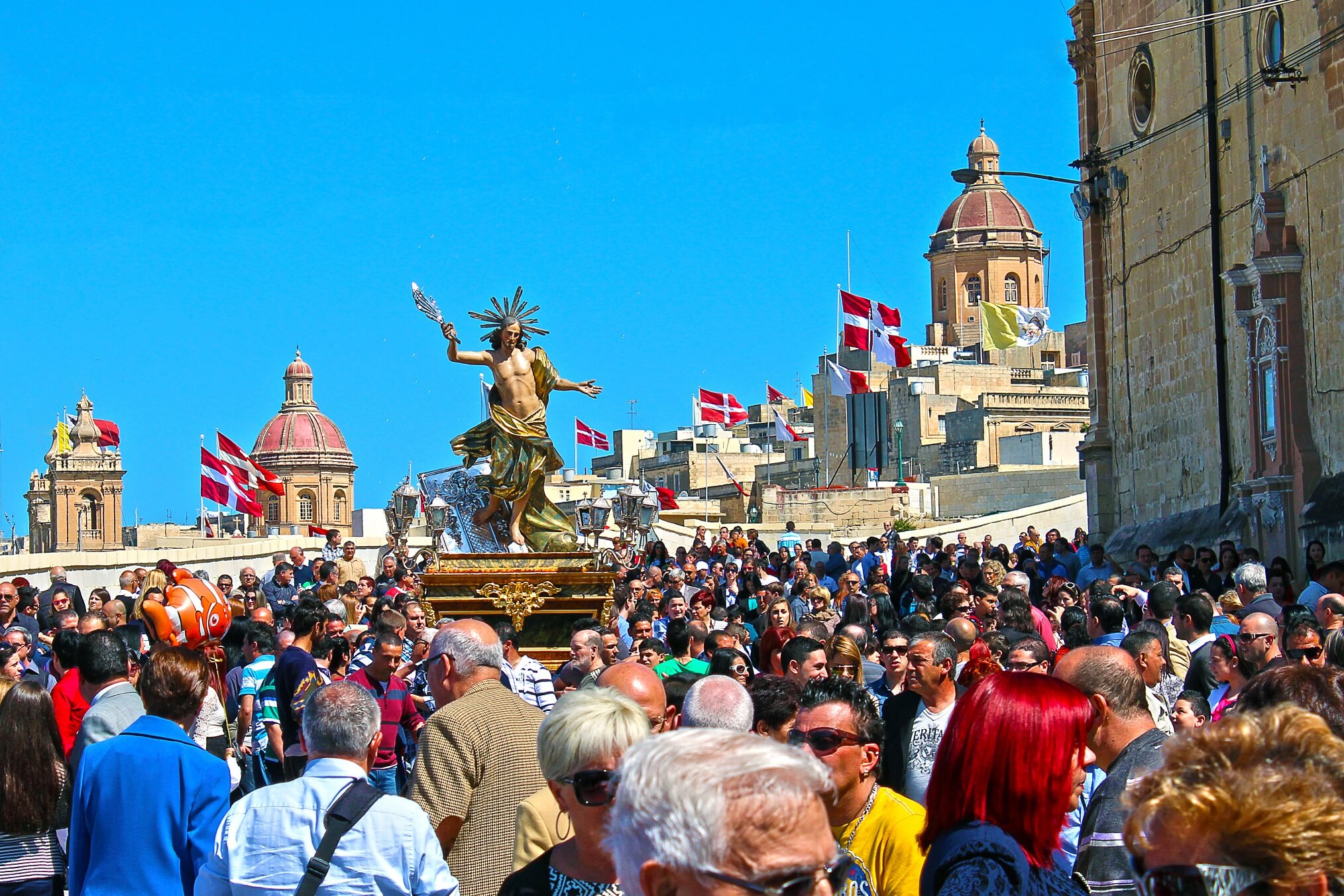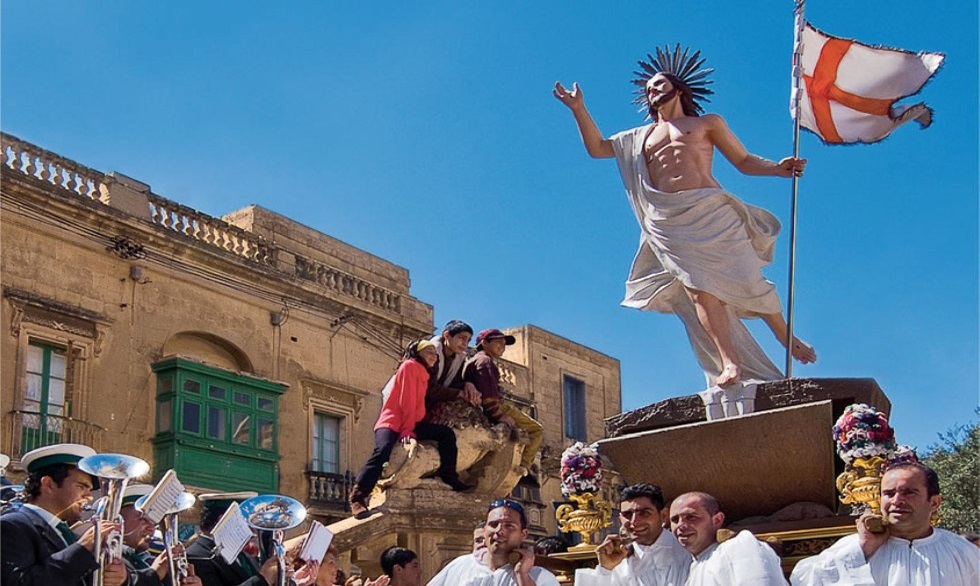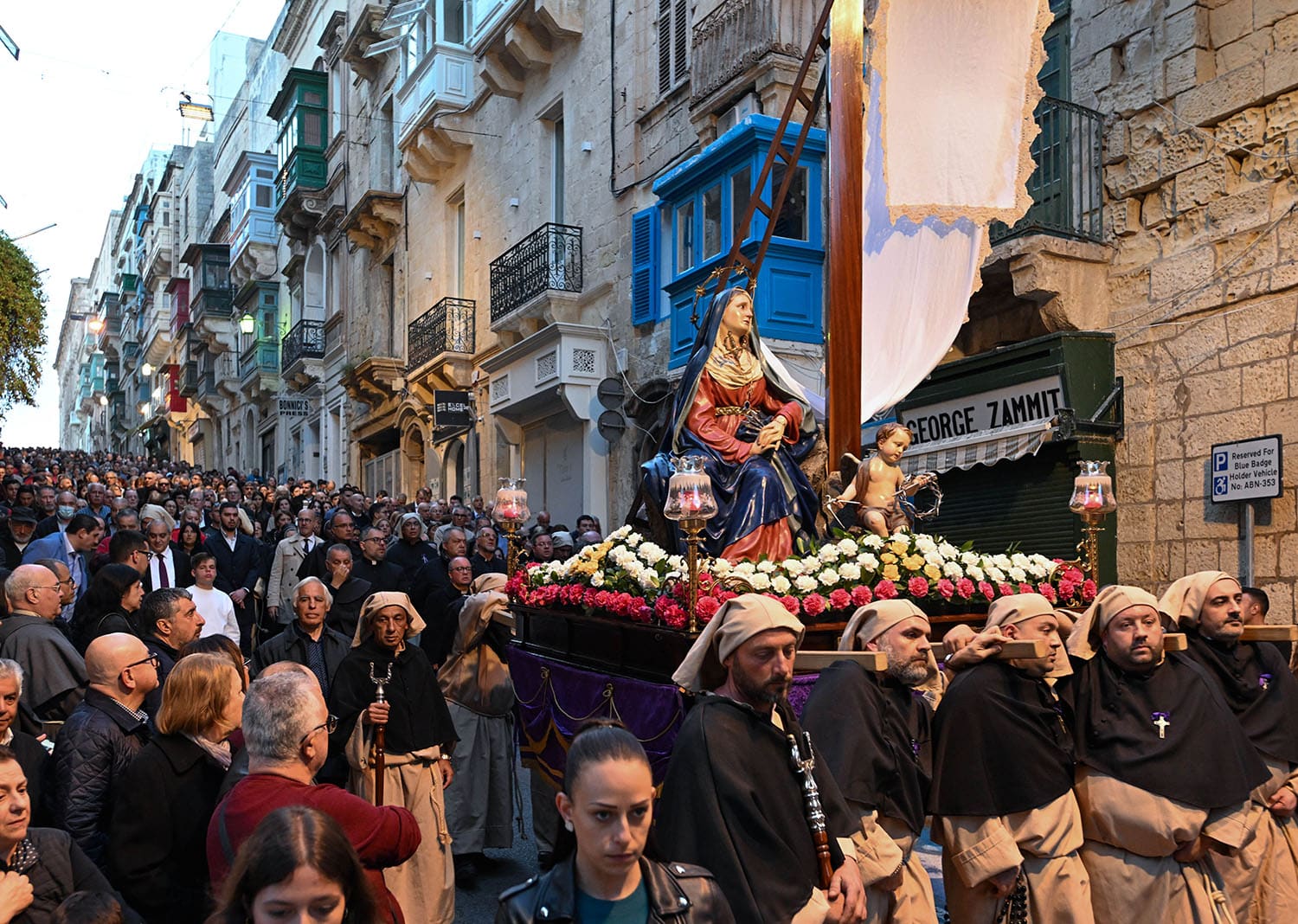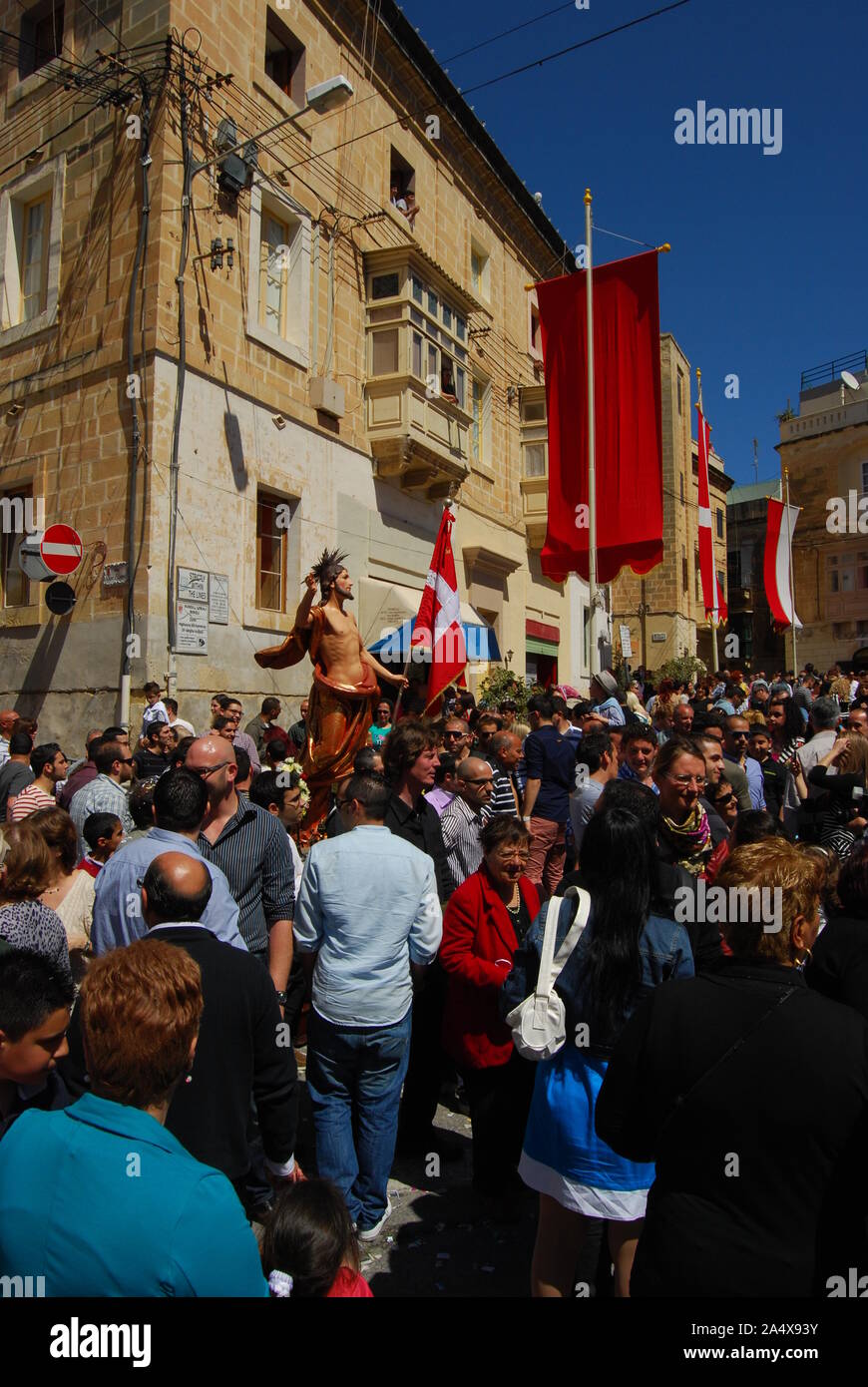Easter in Malta: A Tapestry of Tradition, Culture, and Springtime Delight
Related Articles: Easter in Malta: A Tapestry of Tradition, Culture, and Springtime Delight
Introduction
With great pleasure, we will explore the intriguing topic related to Easter in Malta: A Tapestry of Tradition, Culture, and Springtime Delight. Let’s weave interesting information and offer fresh perspectives to the readers.
Table of Content
Easter in Malta: A Tapestry of Tradition, Culture, and Springtime Delight

Easter in Malta is a vibrant celebration, a fusion of ancient traditions, religious fervor, and the joyous arrival of spring. This period, typically falling in late March or early April, transforms the Maltese islands into a kaleidoscope of color, festivities, and culinary delights.
A Tapestry of Tradition:
Malta’s Easter celebrations are deeply rooted in its rich history and cultural heritage. The island nation, with its long history of Christianity, observes the Holy Week with a reverence that permeates every aspect of life. The traditions, passed down through generations, offer a unique glimpse into the island’s soul.
The Significance of Easter:
Easter, the Christian festival commemorating the resurrection of Jesus Christ, holds immense religious significance for the Maltese people. This period is a time for reflection, prayer, and spiritual renewal. Churches and cathedrals across the island are adorned with elaborate decorations, and special masses are held throughout the week, culminating in the Easter Sunday celebrations.
A Feast for the Senses:
Easter in Malta is not just about religious observances. The festivities extend beyond the churches, filling the streets with joyous celebrations and vibrant displays. The island’s culinary scene comes alive with traditional Easter treats, including the iconic "Figolli," almond pastries filled with a sweet ricotta cheese mixture, and "Qagħaq tal-Ħobz," a sweet bread ring adorned with sugar and aniseed.
A Kaleidoscope of Festivities:
The Easter celebrations in Malta are a spectacle of color and tradition. The highlight of the week is the Good Friday procession, a solemn yet awe-inspiring event. Processions, known as "purċissjonijiet," wind through the streets, featuring intricately crafted statues depicting scenes from the Passion of Christ, carried by men known as "tal-purċissjoni." The atmosphere is somber, with the rhythmic beating of drums and the mournful chants of hymns adding to the solemnity of the occasion.
Beyond the Processions:
Beyond the processions, there are numerous other events and activities that add to the festive atmosphere. Easter Sunday is celebrated with joyous church services, followed by family gatherings and feasts. The Maltese islands come alive with music, dance, and laughter, as people celebrate the resurrection and the arrival of spring.
Exploring the Islands:
Easter in Malta offers a unique opportunity to explore the island’s rich cultural heritage. From the historic city of Valletta, a UNESCO World Heritage site, to the charming villages dotting the countryside, there is something for everyone. Visitors can delve into the island’s fascinating history, admire the stunning architecture, and immerse themselves in the local culture.
A Culinary Journey:
Easter in Malta is a gastronomic delight. The island’s cuisine, a blend of Mediterranean and Arabic influences, is renowned for its fresh ingredients and flavorful dishes. During Easter, traditional dishes like "Fenek" (rabbit), "Lampuki Pie," and "Hobz biz-Zejt" (bread with olive oil and tomatoes) are enjoyed in abundance.
Tips for Planning Your Easter Trip to Malta:
- Book in advance: Accommodation and flights tend to be in high demand during Easter, especially for the Good Friday processions.
- Embrace the local culture: Attend a Good Friday procession, try traditional Easter dishes, and engage with the locals.
- Explore the islands: Take day trips to Gozo and Comino, smaller islands offering stunning landscapes and tranquil beaches.
- Enjoy the spring weather: The weather in Malta during Easter is typically warm and sunny, perfect for exploring the outdoors.
- Respect local customs: Dress modestly when visiting churches and be mindful of the solemnity of the Good Friday processions.
FAQs about Easter in Malta:
Q: What is the best time to visit Malta for Easter?
A: The best time to visit Malta for Easter is during the Holy Week, from Palm Sunday to Easter Sunday. This period offers the most vibrant and authentic experience of the Easter celebrations.
Q: What are the must-see events during Easter in Malta?
A: The Good Friday processions, especially in Valletta, are a must-see event. Other notable events include the Easter Sunday mass at St. John’s Co-Cathedral and the traditional Easter markets.
Q: What are some of the best places to stay in Malta during Easter?
A: Valletta offers a central location and a wealth of historical attractions. Other popular options include Sliema, a bustling seaside town, and Mellieha, a picturesque village in the north.
Q: What are some of the best things to do in Malta during Easter?
A: Beyond the Easter celebrations, Malta offers a variety of activities, including exploring historical sites, visiting museums, enjoying the beaches, and going on boat trips.
Conclusion:
Easter in Malta is a truly unforgettable experience. The island’s rich cultural heritage, vibrant celebrations, and stunning natural beauty create a unique and memorable holiday destination. Whether you seek spiritual reflection, cultural immersion, or simply a chance to escape the winter chill, Easter in Malta offers something for everyone.








Closure
Thus, we hope this article has provided valuable insights into Easter in Malta: A Tapestry of Tradition, Culture, and Springtime Delight. We hope you find this article informative and beneficial. See you in our next article!